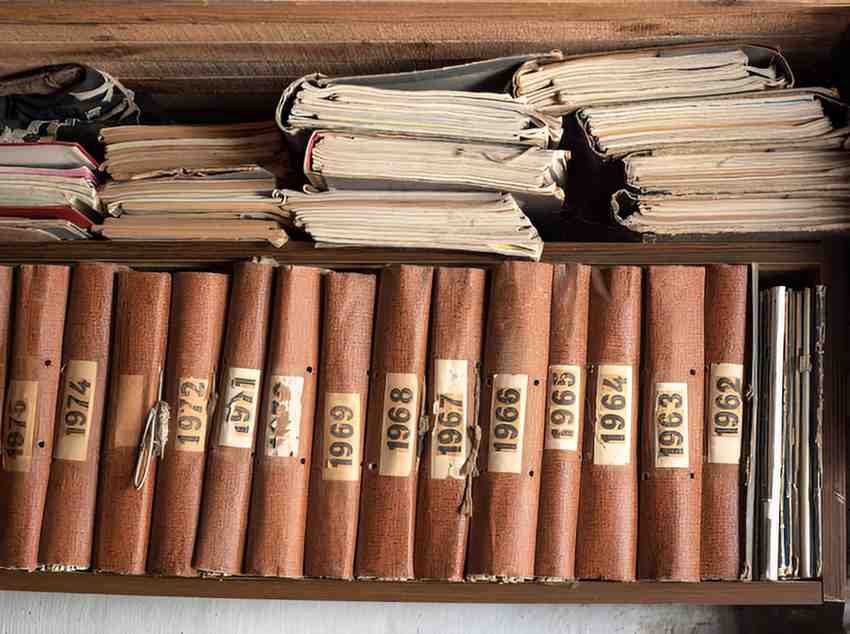As someone who has spent years analyzing consumer behavior, I find occasion segmentation one of the most practical yet underutilized marketing strategies. Unlike demographic or geographic segmentation, occasion segmentation zeroes in on when and why consumers buy rather than just who they are. In this guide, I break down the fundamentals, applications, and mathematical models behind occasion segmentation so you can apply it effectively in your business.
Table of Contents
What Is Occasion Segmentation?
Occasion segmentation categorizes consumers based on the specific events or circumstances that trigger a purchase. These occasions can be:
- Regular occasions (daily, weekly purchases like coffee).
- Special occasions (holidays, birthdays, anniversaries).
- Rare occasions (infrequent purchases like real estate).
- Emergency occasions (unplanned needs like car repairs).
For example, a chocolate brand may sell more products around Valentine’s Day (special occasion) compared to a regular Tuesday. Recognizing these patterns helps businesses tailor promotions, inventory, and messaging.
Why Occasion Segmentation Matters
Most businesses focus on who buys their product, but ignoring when and why leaves money on the table. Consider these benefits:
- Better Inventory Management – Stocking up before peak occasions prevents shortages.
- Targeted Marketing – Ads resonate more when aligned with a buyer’s immediate need.
- Higher Conversion Rates – Customers are more likely to buy when the occasion demands it.
- Competitive Advantage – Fewer competitors focus on occasion-based strategies.
A Nielsen study found that occasion-based campaigns improve ROI by 20-30% compared to generic promotions.
Mathematical Modeling in Occasion Segmentation
To predict purchase behavior, we use probability models. One common approach is the Poisson Distribution, which estimates the likelihood of a purchase event occurring in a fixed time interval.
The probability mass function is:
P(X=k) = \frac{\lambda^k e^{-\lambda}}{k!}Where:
- k = number of occurrences (e.g., purchases).
- \lambda = average number of events in the interval.
Example Calculation
Suppose a grocery store observes an average of 50 Valentine’s Day chocolate purchases per day in February (\lambda = 50). What’s the probability of selling exactly 60 units on a given day?
P(X=60) = \frac{50^{60} e^{-50}}{60!} \approx 0.0213This means there’s a 2.13% chance of selling exactly 60 units. Businesses use such models to optimize stock levels.
Occasion Segmentation vs. Other Segmentation Types
| Segmentation Type | Basis of Segmentation | Example |
|---|---|---|
| Demographic | Age, gender, income | Targeting millennials with student loan refinancing |
| Geographic | Location, climate | Selling snow shovels in Minnesota |
| Psychographic | Lifestyle, values | Marketing luxury cars to high-status individuals |
| Behavioral | Purchase habits, loyalty | Discounts for frequent shoppers |
| Occasion-Based | Timing, event-driven | Halloween-themed promotions |
While other methods focus on static traits, occasion segmentation is dynamic—adjusting strategies based on real-time triggers.
Real-World Applications
1. Retail & E-Commerce
Amazon’s “Prime Day” is a masterclass in occasion segmentation. By creating a new shopping event, they capitalize on a manufactured occasion, boosting sales in an otherwise slow period.
2. Hospitality Industry
Hotels adjust pricing based on events like concerts, weddings, or conferences. A Marriott in New York charges higher rates during New Year’s Eve compared to a random weekend.
3. Financial Services
Tax software companies (like TurboTax) ramp up marketing in Q1, aligning with tax season—a classic time-bound occasion.
Implementing Occasion Segmentation
Step 1: Identify Key Occasions
Analyze past sales data to spot spikes. Tools like Google Analytics or CRM systems help track purchase timing.
Step 2: Categorize Purchase Triggers
Group occasions into:
- Personal (birthdays, graduations).
- Cultural (Christmas, Black Friday).
- Situational (rainy days, power outages).
Step 3: Develop Tailored Campaigns
Coca-Cola’s “Share a Coke” campaign personalized bottles for gifting occasions, increasing sales by 2% in a declining soda market.
Step 4: Adjust Pricing & Inventory
Use dynamic pricing models like:
P_{dynamic} = P_{base} \times (1 + \alpha \times D_{occasion})Where:
- P_{base} = base price.
- \alpha = occasion sensitivity factor.
- D_{occasion} = demand surge multiplier.
Challenges & Limitations
- Data Intensity – Requires granular sales tracking.
- External Factors – Unpredictable events (e.g., pandemics) disrupt patterns.
- Overlap with Other Segments – A Valentine’s Day buyer could also be a high-income millennial (demographic + occasion).
Final Thoughts
Occasion segmentation isn’t just about holidays—it’s about recognizing the hidden rhythms in consumer behavior. By integrating it into your strategy, you unlock a deeper layer of customer insight that demographics alone can’t provide. Start small: pick one key occasion, test a targeted campaign, and measure the lift. The data will guide your next move.





